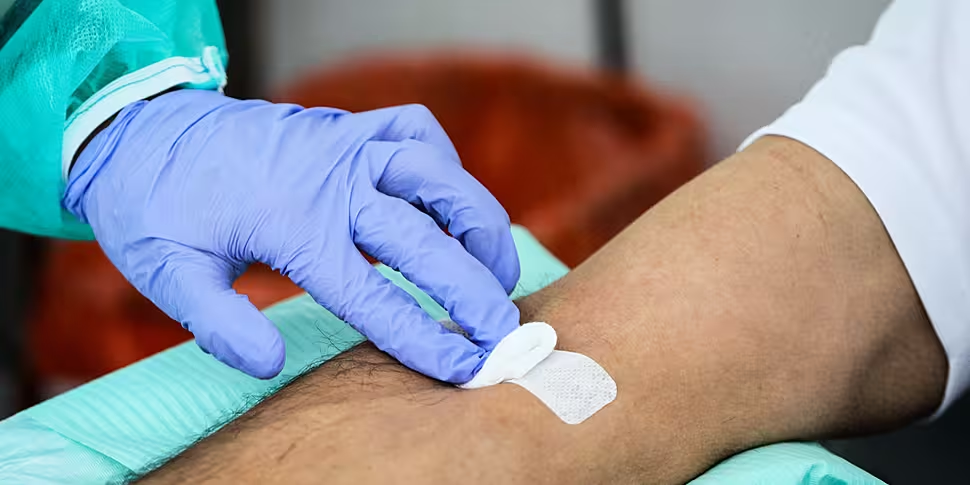Over 3,000 blood donors are needed every week to meet the demand in hospitals, according to the Irish Blood Transfusion Service (IBTS).
As 2024 approaches, the IBTS is asking people to consider becoming a donor as their New Year's resolution.
According to the blood donation organisation, only 3% of those eligible donate blood – even though one in four Irish people will need a blood transfusion at some point in their life.
Those who are AB negative are being particularly urged to donate as it is the rarest type in Ireland at just 1%.
IBTS Operations Director Paul McKinney said blood donations are “absolutely vital for hospitals to operate”.
“Quite literally people's lives depend on it,” he said.
“Hospitals need blood all the time – there are the obvious things like traffic accidents, but blood and platelets are required for newborn babies, cancer patients, heart operations, head operations, blood is critical.”
Blood donor requirements
Those who wish to donate blood must be over 18, while those over 65 who have never donated blood cannot begin to donate.
Donors must weigh between 50kgs and 158kg and must assess whether they are taking medication that would make donating blood difficult.
The IBTS has introduced a donor eligibility quiz that allows those interested to assess whether they can donate.
'An incredible gift'
Mr McKinney noted some people may be nervous to donate blood for the first time and advised those nervous to contact the IBTS.
“Talk to somebody you know who has donated or ring us,” he said. “One of my colleagues will take you through the process and explain it to you.
“The main thing is that if you think what an incredible gift it is.
“It's so generous and it can save somebody's life - after you've donated, we do send a text to you when we have issued that unit of blood to a hospital.”
The most common blood group in Ireland is O-positive, accounting for 47% of the population, with those in the west of Ireland most likely to be O-positive.
There is a higher concentration of Group A blood in counties which historically received Viking, Anglo-Norman and English population settlements.









